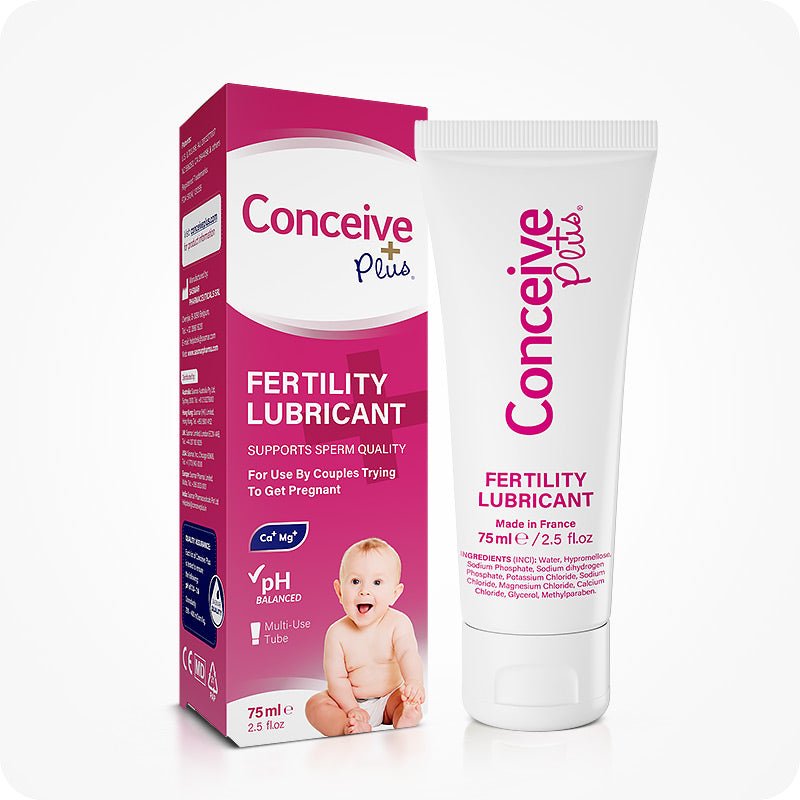Retrograde Ejaculation Exercises: A Comprehensive Overview of Management Techniques

When it comes to intimate health, men can face a range of concerns that may impact both psychological well-being and physical function. One such challenge, often misunderstood, is the involuntary flow of semen into the bladder during climax rather than out through the urethra. Although not always dangerous, this phenomenon can significantly affect fertility and sexual satisfaction. The condition—commonly referred to as retrograde ejaculation—has prompted many individuals to seek lifestyle changes, medical interventions, therapeutic strategies, and even retrograde ejaculation exercises aimed at restoring or enhancing typical function.
Understanding the Condition
Retrograde ejaculation arises when the muscles that ordinarily ensure a one-way passage for semen to exit the urethra fail to operate correctly. Normally, a ring of muscle tissue at the neck of the bladder closes tightly during orgasm, forcing semen to travel in the intended direction. Various factors, such as nerve damage, diabetes, surgical procedures involving the prostate, and certain medications, can weaken or impair these muscles [1].
The primary indicator of this issue is an orgasm that produces little to no ejaculate. Men might also notice cloudy urine after intercourse because semen has ended up in the bladder. Although not always accompanied by physical pain, the emotional repercussions can be considerable, especially for individuals trying to conceive. Fortunately, a range of approaches can offer relief, including pharmacological support, dietary changes, and specialized routines.
Key Lifestyle and Therapeutic Approaches
Physicians often suggest modifications in daily habits to help address milder forms of this condition. Reducing or eliminating certain medications—always under medical guidance—could alleviate symptoms. Other recommendations can include moderating alcohol intake and controlling chronic health conditions like hypertension or diabetes. By optimizing overall well-being, individuals may notice improvements in nerve function and muscle responsiveness.
Additionally, pelvic floor therapy has become an increasingly popular path for men looking to improve urinary and sexual health. Kegel exercises—commonly recommended for urinary incontinence in women—offer men a simple, discreet way to strengthen pelvic muscles. Regular practice can yield positive outcomes, as stronger muscles are better able to assist in directing semen outward [2].
Exploring Targeted Routines and Exercises
Efforts to reinforce the muscles involved in ejaculation form an essential part of many treatment plans. For example, a person might focus on rhythmic tightening and relaxing of the pelvic floor to promote muscle tone. Over time, better muscle control may reduce the likelihood of semen entering the bladder. Adding small modifications, such as slight breath control or posture adjustments, can amplify these exercises’ benefits. Some people also incorporate yoga poses that emphasize core engagement or use resistance bands for enhanced strength-building [3].
These carefully designed routines are often referred to as “programs” that individuals can personalize based on comfort level. While not a guaranteed cure, they can certainly improve bladder control and support normal ejaculatory function. In many cases, coordination with a physical therapist or specialized practitioner further refines technique. The goal is to gradually improve muscle responsiveness without overexertion, offering a safe, noninvasive solution to a potentially distressing issue.
Considering Medical Intervention
Though lifestyle for male fertility shifts are valuable, some cases require more advanced medical approaches. Certain prescription medications can help tighten or strengthen the bladder neck during climax. A physician may explore options like alpha-agonists or other drugs aimed at improving neurological signals. Medications to manage underlying conditions, such as diabetes or nerve damage, can have a secondary benefit in easing retrograde ejaculation symptoms [4].
An additional avenue involves questions about specific treatments, including the query, can Viagra help with retrograde ejaculation? While Viagra (sildenafil) primarily addresses erectile function by improving blood flow to the penis, some healthcare providers explore its potential off-label use for ejaculatory concerns. However, results vary widely, and it’s not universally accepted as a surefire remedy for semen traveling to the bladder. Each individual’s medical history should be thoroughly evaluated before deciding on this course of action, as potential side effects and interactions can arise.
Conclusion
In the end, those committed to these strategies often find that retrograde ejaculation exercises can serve as a cornerstone in optimizing their intimate health. Achieving an improved outcome for this reproductive challenge often involves targeted exercise, medication, and stress management. Personalized therapeutic plans can empower individuals and help them rediscover confidence and comfort in their intimate lives. Although progress may be gradual, many men find that adopting suitable routines, making lifestyle adjustments, and seeking medical advice deliver tangible benefits over time.
Ultimately, whether someone embraces Kegel workouts or consults professionals about potential drug therapies, it’s essential to approach any intervention with realistic expectations. By focusing on every aspect of health, from blood sugar control to mental well-being, individuals can lay the groundwork for progress. Integrating these efforts with other interventions—like pelvic floor protocols—provides a comprehensive roadmap.
References:
- Amanda Jefferys, Dimitrios Siassakos, Peter Wardle. The management of retrograde ejaculation: a systematic review and update. Fertility and Sterility. Volume 97, Issue 2. 2012. Pages 306-312.e6. ISSN 0015-0282. https://doi.org/10.1016/j.fertnstert.2011.11.019.
- Rosenbaum TY. Pelvic floor involvement in male and female sexual dysfunction and the role of pelvic floor rehabilitation in treatment: a literature review. J Sex Med. 2007 Jan;4(1):4-13. doi:10.1111/j.1743-6109.2006.00393.x. PMID: 17233772.
- Sam P, Nassereddin A, LaGrange CA. Anatomy, Abdomen and Pelvis: Bladder Detrusor Muscle. [Updated 2023 Aug 8]. In: StatPearls [Internet]. Treasure Island (FL): StatPearls Publishing; 2025 Jan-. Available from: https://www.ncbi.nlm.nih.gov/books/NBK482181/
- Dean II JS, Reddivari AKR. Alpha-1 Receptor Agonists. [Updated 2023 Jun 5]. In: StatPearls [Internet]. Treasure Island (FL): StatPearls Publishing; 2025 Jan-. Available from: https://www.ncbi.nlm.nih.gov/books/NBK551698/













